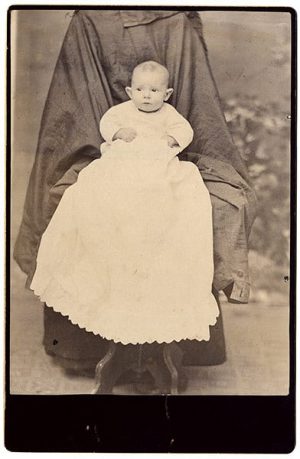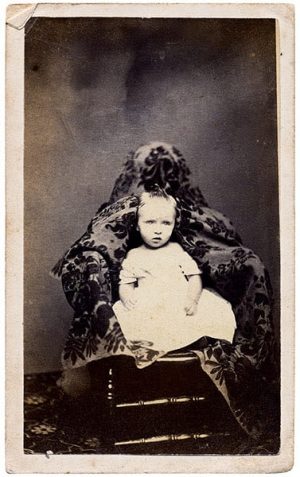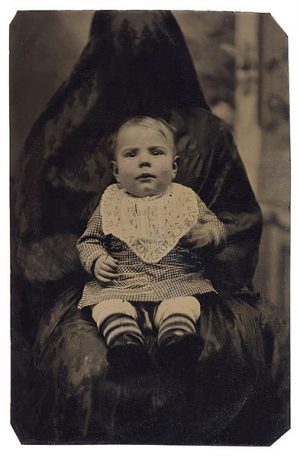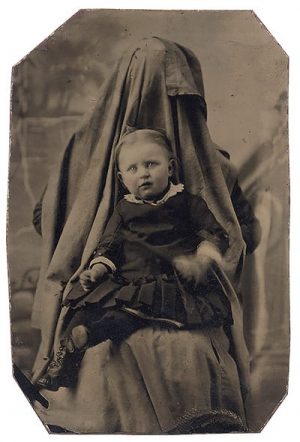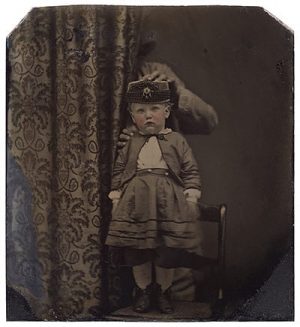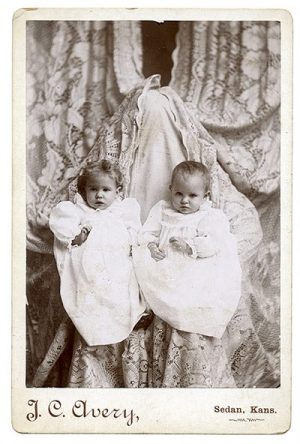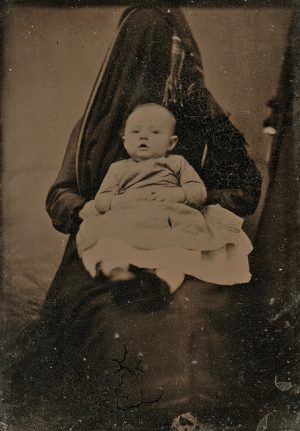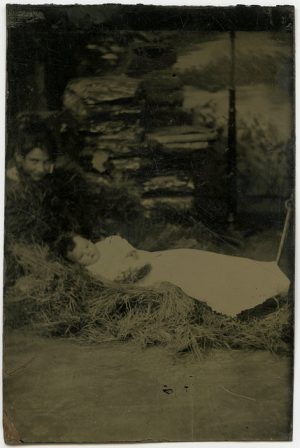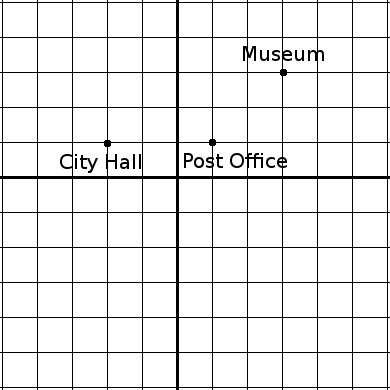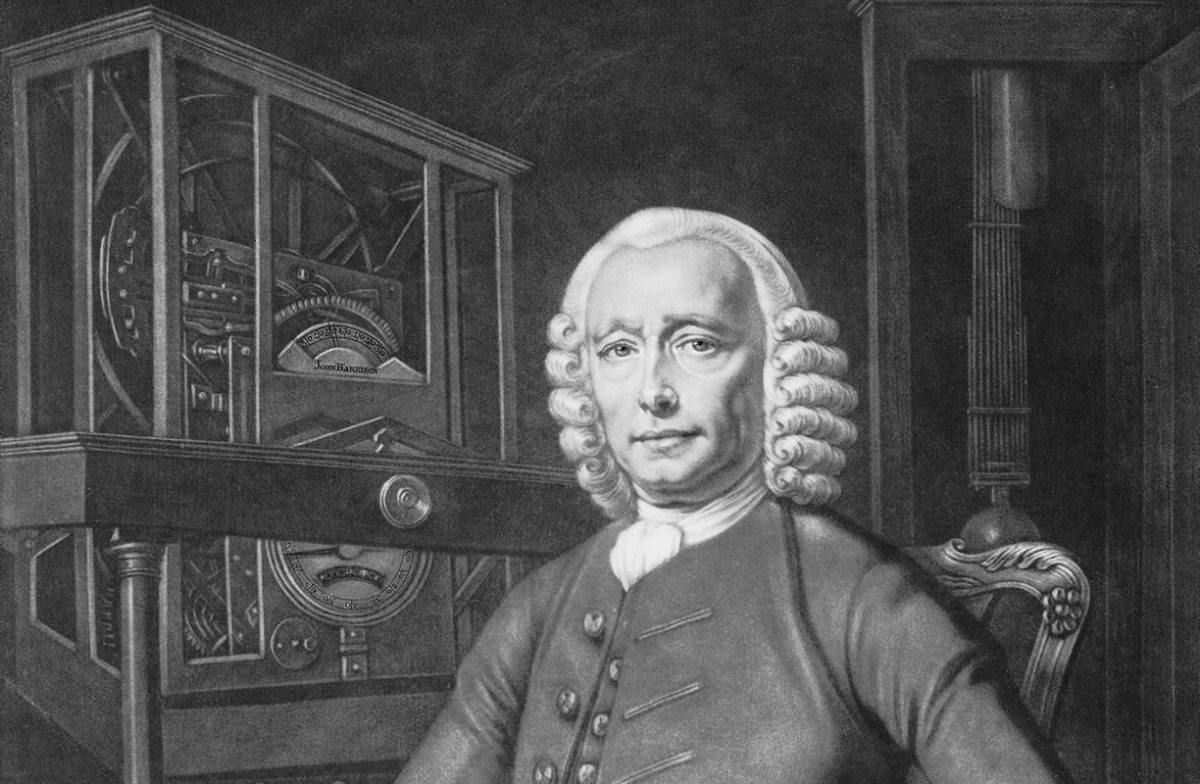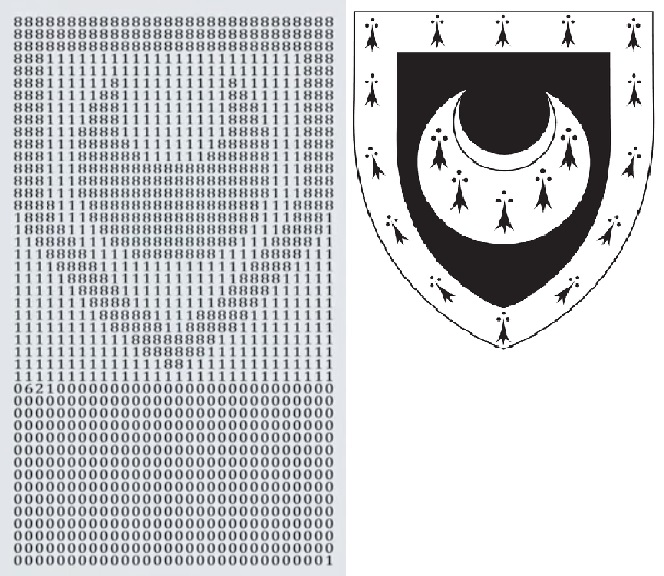Actual names found by Joseph F. Wilkinson on a CD-ROM of U.S. residential telephone directories, 1996:
Barbara Seville
Gloria Monday
Rosetta Stone
Robin Banks
Frank Earnest
Clark Barr
Frank N. Stein
Georgia Peach
M.T. Head
Minnie Vann
Pearl Harper
Sunny Day
Phil Harmonic
Lance Boyle
King Fisher
Al Dente
Albert Fresco
James Dandy
Laurel Hardy
Nosmo King
A few become distinctive when the last name is listed first:
Cracker, Jack
Dollar, Bill
Wise, Guy
Sweet, Lorraine
North, Carolina
Oopsy, Daisy
“All these memorable names left me with the feeling that my own is quite forgettable,” Wilkinson wrote. “If only my parents had named me Sword, my phone book listing might have really given me an edge.”
(Joseph F. Wilkinson, “What’s in a Name? Just Ask King Fisher, Robin Banks and Minnie Vann,” Smithsonian 26:12 [March 1996], 136.)

